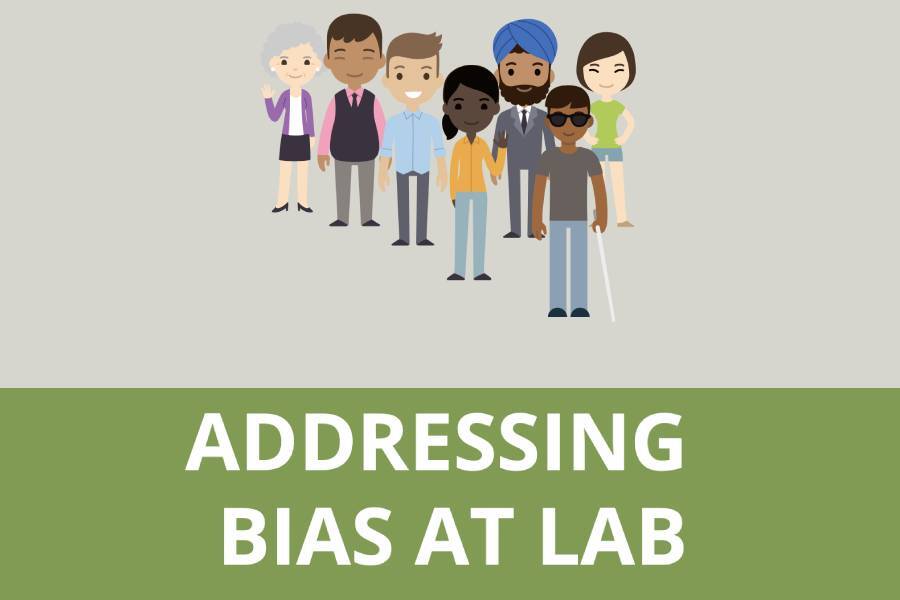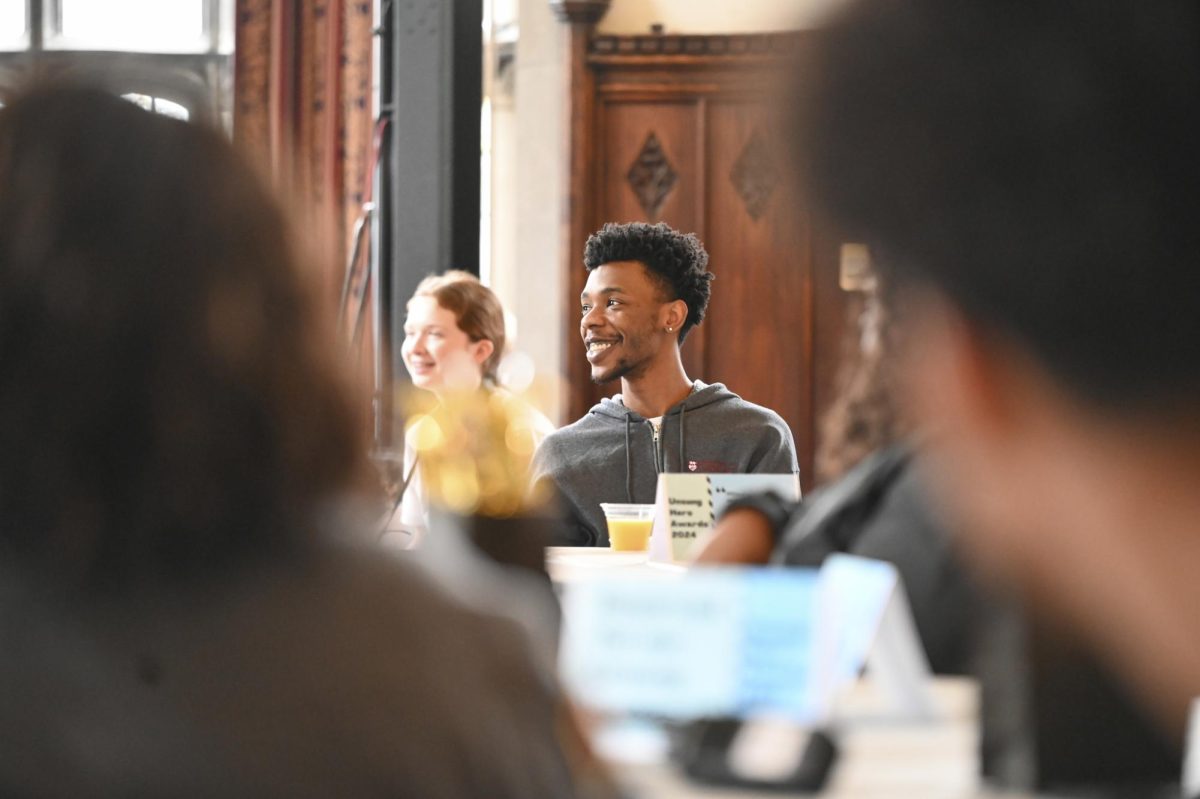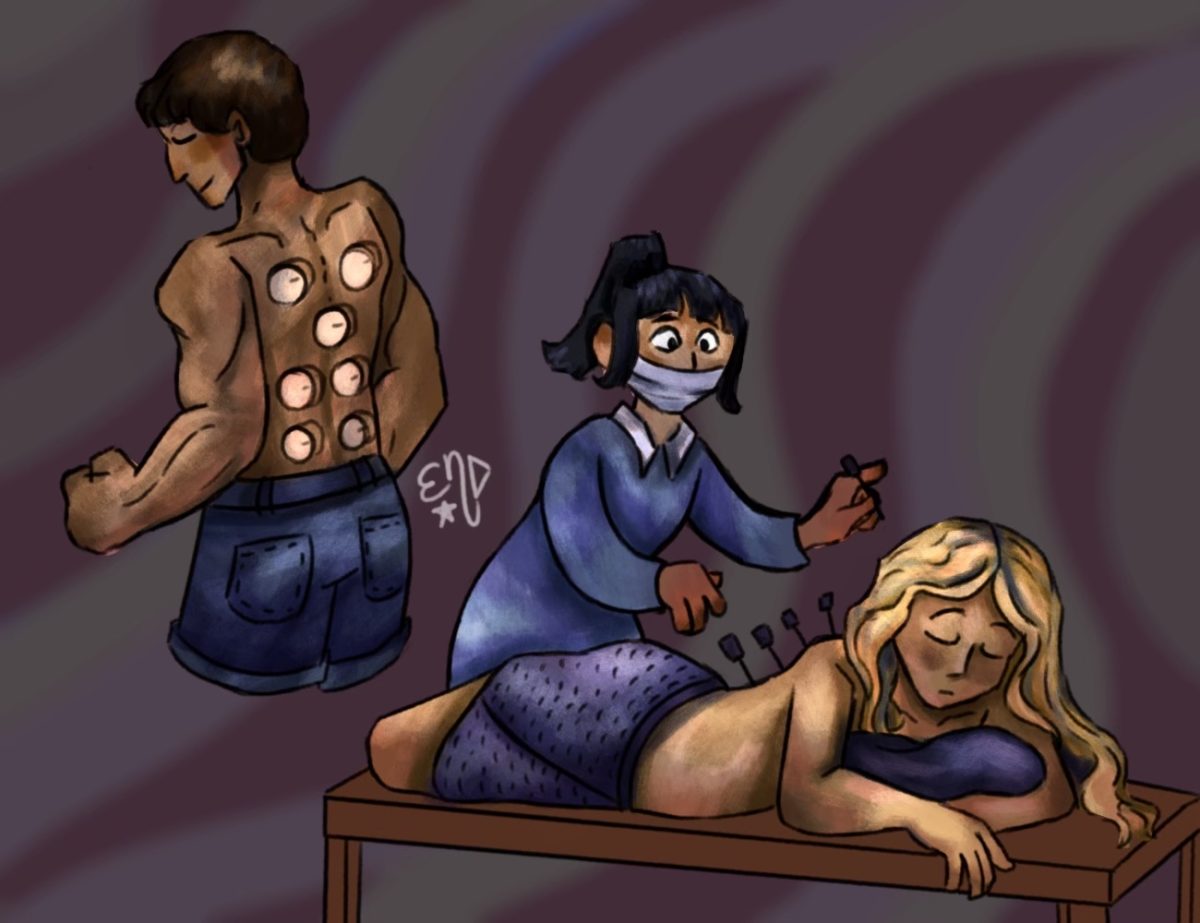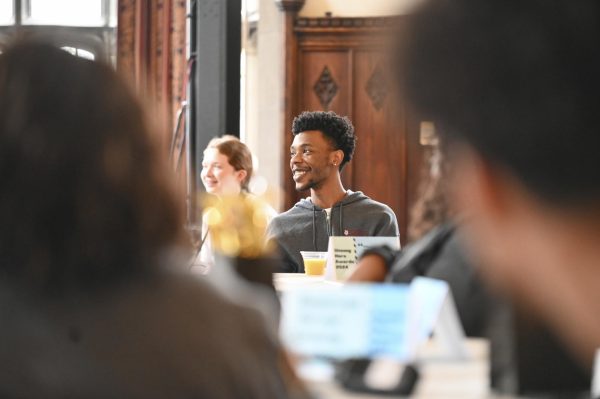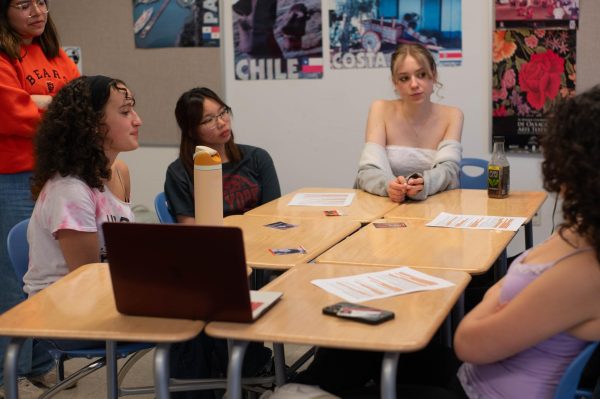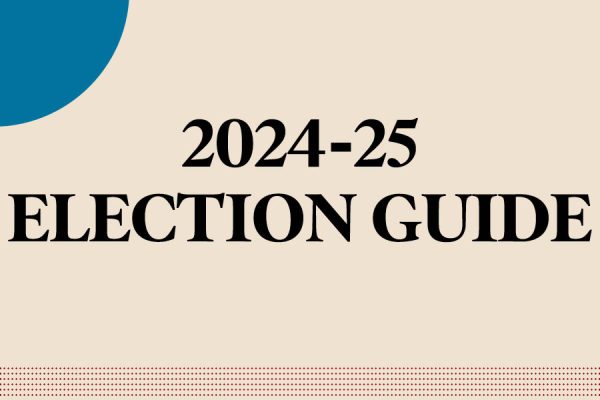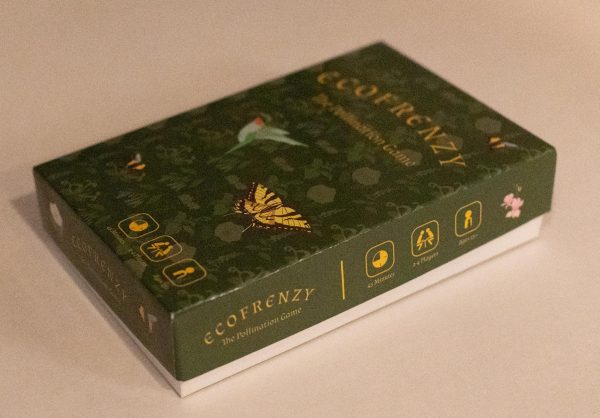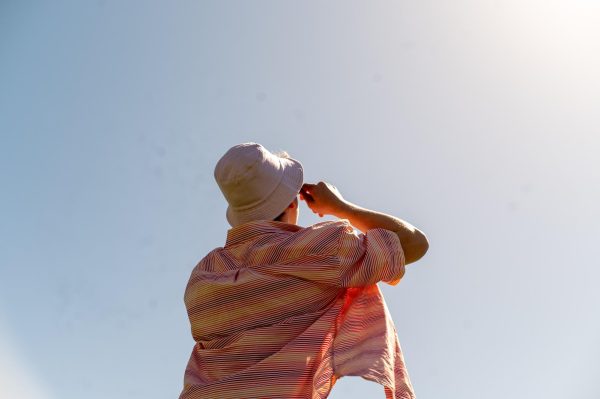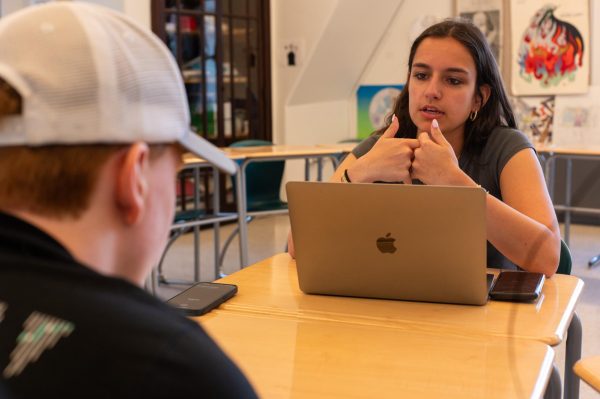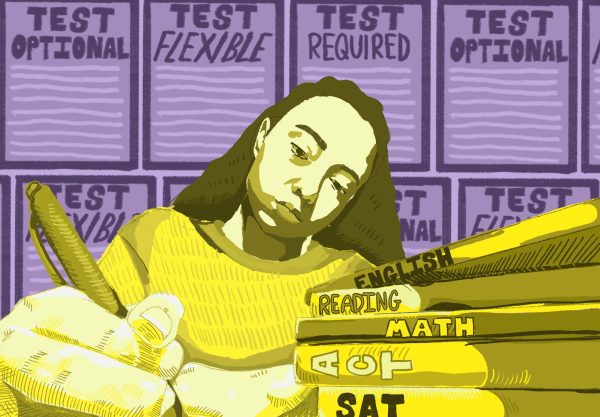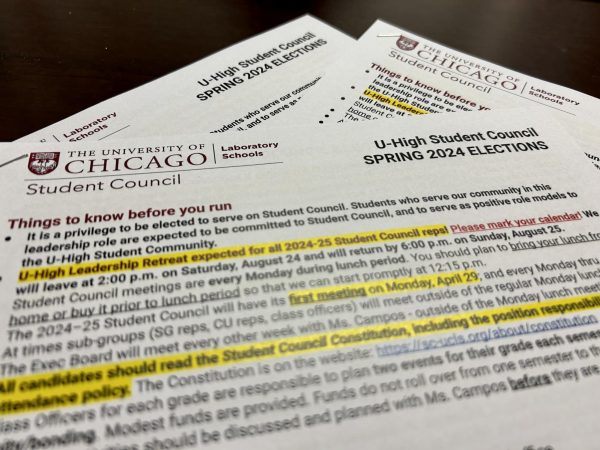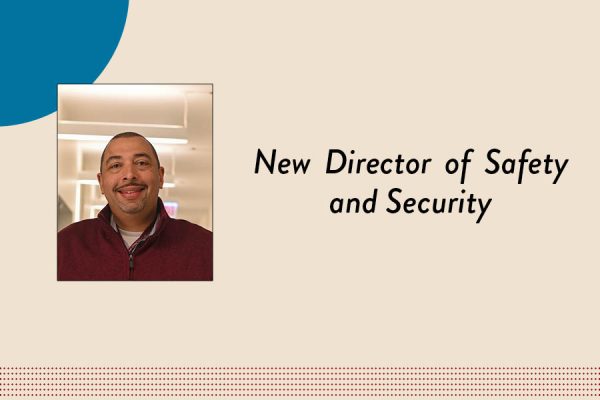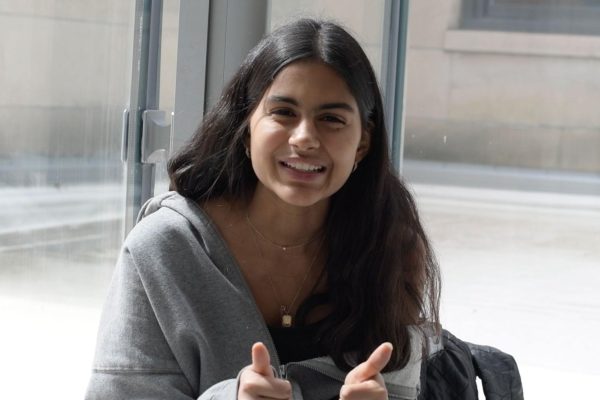With dialogue, organizers direct form against big picture problems
With seven submissions since its launch Jan. 5, Priyanka Rupani, director of diversity, equity and inclusion, hopes the bias reporting form can be used as a tool to promote dialogue and as a form of education while keeping individual’s information private.
March 15, 2021
After officially launching on Jan. 5, the bias reporting form has received seven submissions from the Laboratory Schools community.
According to Priyanka Rupani, director of diversity, equity and inclusion, the creation of social media accounts such as U-High Stories over the summer, which anonymously documents student experiences of hate and discrimination at Lab, sped up the establishment of an online reporting form.
“If these Instagram accounts hadn’t happened this summer, I don’t know that it would have been exactly this form,” Ms. Rupani said. “The Instagram accounts over the summer helped us clarify here’s exactly what needs to be in the form, here’s how this needs to launch, here’s what we need to collect to make sure we are able to respond effectively.”
Betsy Noel, Title IX coordinator, wishes that individuals would use the form more, especially when seeing or experiencing big picture problems.
“I know that there are a lot of people who have had experiences where they are seeing big picture problems, and those aren’t really coming through the reporting form, and I would love it if people knew they could use the form in that way more,” Ms. Noel said.
Ms. Noel noted an example where one student caught that while all handbooks should use “they” rather than he/she, some old forms at Lab still exist with he/she language.
While it is kind of a reactive tool right now, something that is used to document incidents as after the fact, I hope that it becomes something we can use proactively to say these are the things we navigated as a school. Let’s use this as a tool of education.
— Priyanka Rupani
“Bringing those to our attention and catching things like that is super helpful because it takes a whole community to figure out where our subtle spots for inclusion exist and where we can fix those,” Ms. Noel said.
According to Ms. Noel, reporting has always been encouraged, but the form is not intended to be the only place where students are directed.
“It was intended to be another way for people to access our resources that people had said they wanted,” Ms. Noel said. “They wanted to have a way to get help that wasn’t necessarily contacting a counselor, but because we don’t want to disrupt those ways in which students seek support, we haven’t been pushing the form so much as just making sure people are aware that it is there.”
Ms. Rupani hopes that the form can be a tool individuals use in partnership with talking to trusted adults and promote dialogue.
“While it is kind of a reactive tool right now, something that is used to document incidents as after the fact, I hope that it becomes something we can use proactively to say these are the things we navigated as a school,” Ms. Rupani said. “Let’s use this as a tool of education.”



